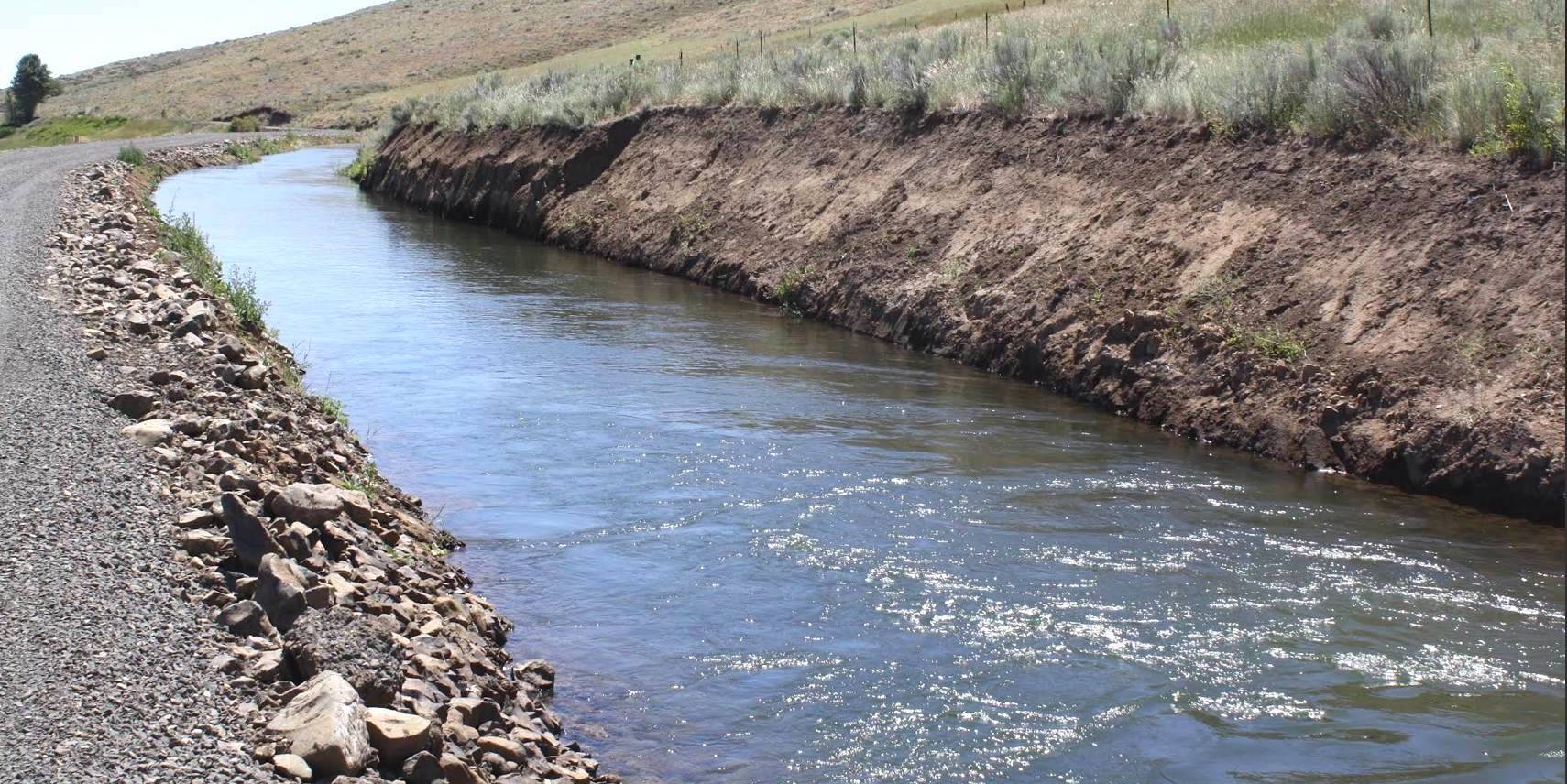Pond scum’s potential: How microalgae could benefit agriculture
Published 9:15 am Monday, September 13, 2021

- Adriana Alvarez
Researchers are exploring an unusual tool to help farmers improve soil health: microalgae.
Trending
To the human eye, microalgae often appear as “pond scum” or floating green mats of slime. But there may be more to it than meets the eye. Researchers say microalgae are “underexplored resources” — both in diversity and potential applications.
This summer, a team of scientists from the University of Minnesota and USDA’s Agricultural Research Service teamed up to learn more about a type of microalgae called cyanobacteria.
The study concluded microalgae could benefit agriculture through potential products, including as renewable fuel sources, specialty chemicals and natural fertilizers.
Trending
“There’s a high potential to discover new products and new ways to benefit agriculture that have not been seen yet. Also, the potential to supply nutrients and potentially replace chemical fertilizers is exciting,” said Adriana Alvarez, the study’s lead researcher with the university’s Department of Bioproducts and Biosystems Engineering.
For the study, the researchers focused a nitrogen-fixing cyanobacterium known as Anabaena cylindrica UTEX strain 1611.
Previous studies of microalgae in agriculture, completed in the 1970s through early 2000s, had focused mostly on using microalgae to fertilize rice crops or arid regions. Little research had yet been done on microalgae’s potential for boosting soil health in nutrient-rich, arable soils. That’s precisely what this new study explored.
The study had three main components: studying cyanobacteria’s effects on soil structure and nutrient dynamics, simulated rainfall and other water events and mineralization.
The researchers made several discoveries.
First, they found that soils inoculated with cyanobacteria had more soluble nitrogen and phosphorus than untreated control soils. That means cyanobacteria, said Alvarez, may be useful in creating fertilizer. Cyanobacteria-based fertilizers, she said, could potentially replace or partially replace standard nitrogen fertilizers.
The second finding was that soils inoculated with cyanobacteria contained more soluble organic carbon. That translates into potentially higher levels of beneficial soil microorganisms promoting plant health and productivity.
This could prove valuable, Alvarez said, considering “soils are losing carbon at a high rate.”
The third finding was that cyanobacteria-inoculated soils had more large aggregates — clumps of particles — in the soil that held together better in water, which could help slow erosion.
These findings add up to one conclusion: Cyanobacteria can improve soil health.
There’s still work to be done, however, before microalgae move to the mass market.
The first major research question that still needs to be answered is whether it’s economically feasible to scale up production and harvest of microalgae. Can microalgae be cultivated on a large scale in treated wastewater, for example?
Alvarez said further research is also needed related to safety. Some strains of cyanobacteria produce toxins. Alvarez said she would like to see more research into cyanotoxins to make sure there are no dangers in farmers using them.
Additionally, Alvarez said that because multiple strains of cyanobacteria exist, it will be important for future research to explore how specific strains interact with particular soil types.
Despite knowledge gaps, Alvarez said she’s hopeful about the possibilities.
“There are many different kinds of products that could be developed,” she said.







